
Diversity Art and Tolerance Art
Save your search and find it in your favorites
Save your search to find it quickly
Saved search
Your search is accessible from the favorites tab > My favorite searches
Unsaved search
A problem occurred

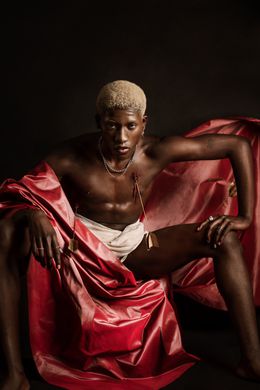
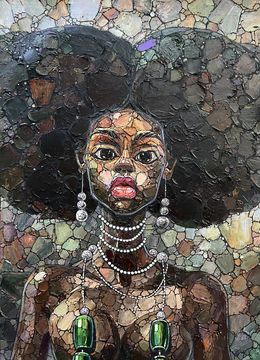
Beauty From Within
Segun Phillips
Painting - 76.2 x 55.9 x 2.5 cm Painting - 30 x 22 x 1 inch
$1,800
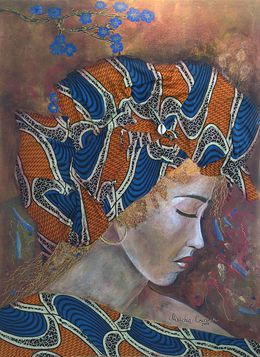
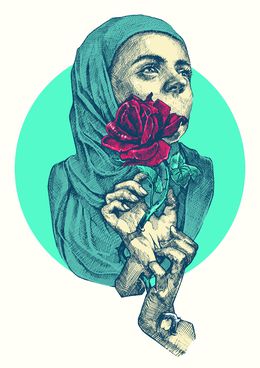


S for Paris (hilton) rare portrait by WR
Tony Wang (aka Wrongwroks)
Painting - 60 x 50 x 3 cm Painting - 23.6 x 19.7 x 1.2 inch
$794

Lukarrara Jukurrpa (Desert Fringe-rush Dreaming)
Valentine Nakamarra White
Painting - 30 x 30 x 3 cm Painting - 11.8 x 11.8 x 1.2 inch
$284

Women's ceremony
Yinarupa Nangala
Painting - 119 x 145 x 3 cm Painting - 46.9 x 57.1 x 1.2 inch
$7,940
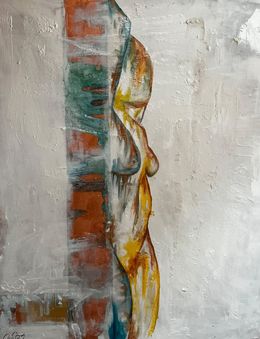

Neoflora Series 2
Sumit Mehndiratta
Painting - 120 x 84 x 2 cm Painting - 47.2 x 33.1 x 0.8 inch
$907
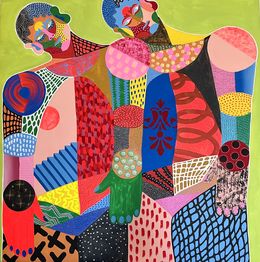
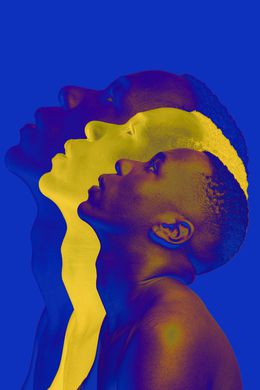
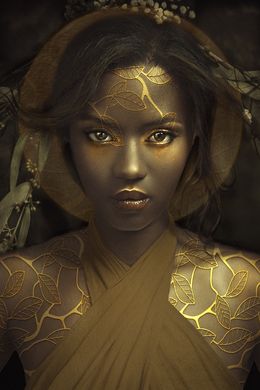
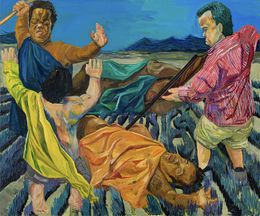

Ascension
Thandiwe Muriu
Photography - 120 x 120 x 0.2 cm Photography - 47.2 x 47.2 x 0.1 inch
$19,284
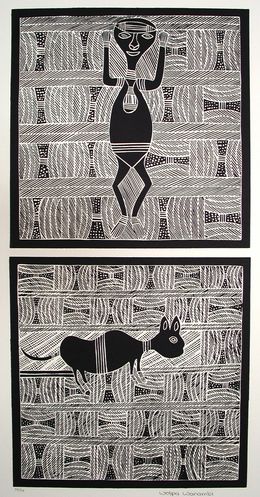

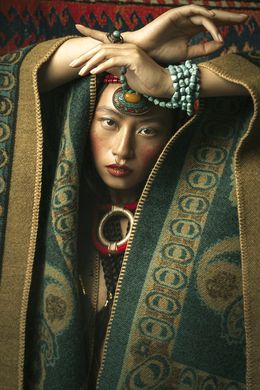

Portrait of George Stinney
Emmanuel Ojebola
Painting - 71.1 x 71.1 x 2.5 cm Painting - 28 x 28 x 1 inch
$3,000


Family portrait
Dumisani Karamanski
Painting - 150 x 180 x 3 cm Painting - 59.1 x 70.9 x 1.2 inch
$5,105


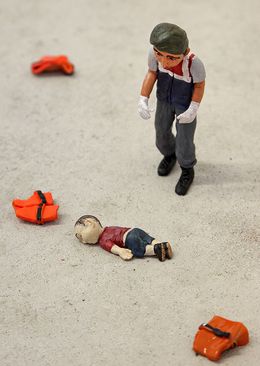
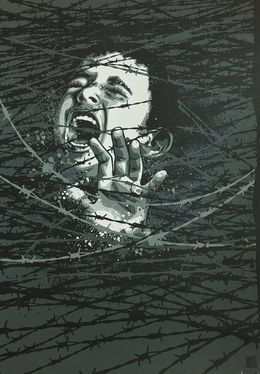



Strength in Diversity
Damola Ayegbayo
Painting - 106.7 x 213.4 x 5.1 cm Painting - 42 x 84 x 2 inch
$5,950


Los Vientos
James Sparshatt
Photography - 150 x 180 x 3 cm Photography - 59.1 x 70.9 x 1.2 inch
$9,359


Prized Possessions
Thandiwe Muriu
Photography - 25 x 25 x 0.5 cm Photography - 9.8 x 9.8 x 0.2 inch
$2,496

Shades of Love
Bakare Abubakri-sideeq Babatunde
Painting - 121.9 x 111.8 x 2.5 cm Painting - 48 x 44 x 1 inch
$2,500

Unmasked II
Ofobuike Okudoh
Fine Art Drawings - 70 x 50 cm Fine Art Drawings - 27.6 x 19.7 inch
$3,290

Leader Sheep (red)
Jérémie d'Angelo
Painting - 100 x 100 x 3 cm Painting - 39.4 x 39.4 x 1.2 inch
$4,424

I from series: I Am We - The Endless Journey
Antonio Briceño
Photography - 22.5 x 75 cm Photography - 8.9 x 29.5 inch
$907



Indigenous Roots Reclaimed
Ernesto Yerena Montejano
Print - 46 x 61 x 0.2 cm Print - 18.1 x 24 x 0.1 inch
$255


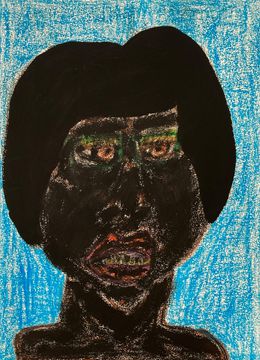
Sans Titre
Meteo Meteo
Fine Art Drawings - 29.7 x 21 x 0.1 cm Fine Art Drawings - 11.7 x 8.3 x 0 inch
$85


Red woman, abstract women body (1)
Nataliia Krykun
Painting - 120 x 100 x 4 cm Painting - 47.2 x 39.4 x 1.6 inch
$3,970
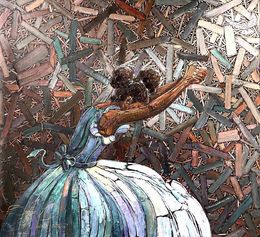
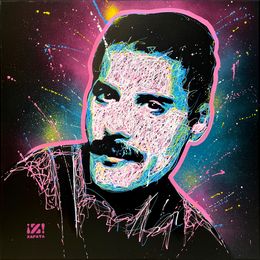



Ass bleu sur bleu. Exit série
Baptiste Laurent
Sculpture - 20 x 15 x 10 cm Sculpture - 7.9 x 5.9 x 3.9 inch
$851
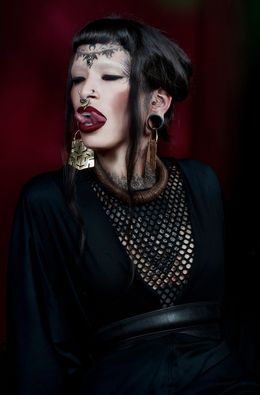
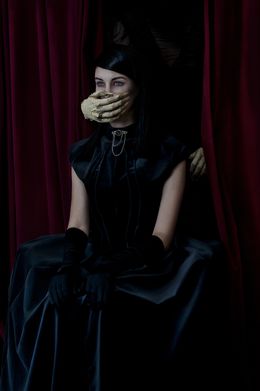


Le marché aux poissons
Serge Kalinowski
Painting - 130 x 97 x 5 cm Painting - 51.2 x 38.2 x 2 inch
$2,836

Recordings Portfolio
Javier Rey
Photography - 105 x 82.5 x 0.1 cm Photography - 41.3 x 32.5 x 0 inch
$6,930
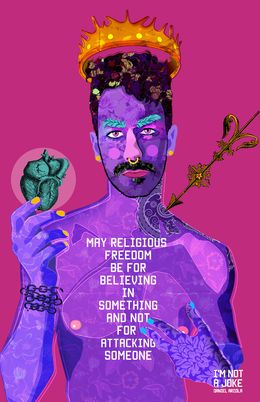

Couple...loosely coupled
Ronex Ahimbisibwe
Painting - 120 x 80 x 2.5 cm Painting - 47.2 x 31.5 x 1 inch
$2,666
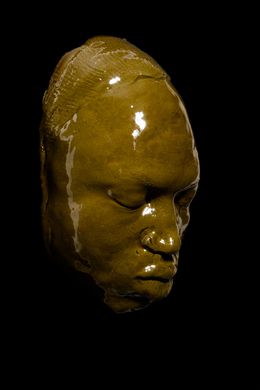
Aziz, vert sur jaune, Exit série
Baptiste Laurent
Sculpture - 25 x 15 x 15 cm Sculpture - 9.8 x 5.9 x 5.9 inch
$851
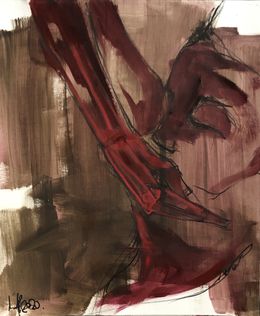

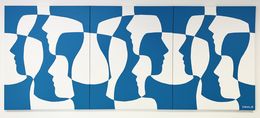
Just Before The Storm
Jérémie d'Angelo
Painting - 100 x 243 x 3 cm Painting - 39.4 x 95.7 x 1.2 inch
$10,209

Hendrick 1
Laurent Anastay-Ponsolle
Painting - 42 x 55 x 0.1 cm Painting - 16.5 x 21.7 x 0 inch
$851


Where does it come from, and where does it go when it goes?
Berit Louise Sara-Grønn
Painting - 200 x 250 x 4 cm Painting - 78.7 x 98.4 x 1.6 inch
$13,197

The allegory of power
Stefanoiu Vasile
Sculpture - 125 x 33 x 50 cm Sculpture - 49.2 x 13 x 19.7 inch
$4,537

The book of filling
Les Panchyshyn
Painting - 93 x 72 x 2 cm Painting - 36.6 x 28.3 x 0.8 inch
$7,373
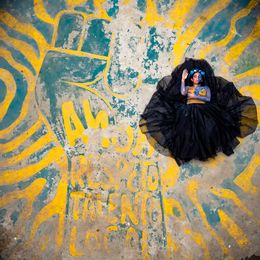
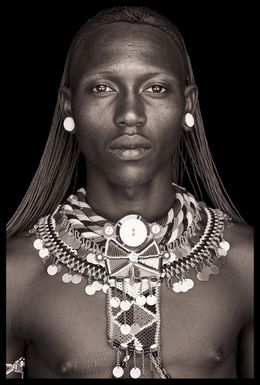
Rendille Moran at Nyiru
John Kenny
Photography - 67 x 45 x 2 cm Photography - 26.4 x 17.7 x 0.8 inch
$1,683
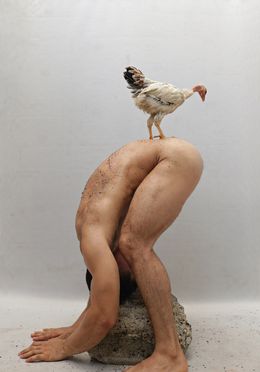
#17 From El envuelto Divino Series
José Sierra
Photography - 101.6 x 70.9 x 0.3 cm Photography - 40 x 27.9 x 0.1 inch
$2,000
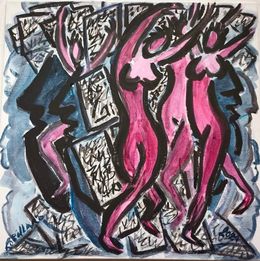
Sortir des Vieux Ecrits
Robillard Puvinel
Painting - 70 x 70 x 2 cm Painting - 27.6 x 27.6 x 0.8 inch
$1,475

Modèle au miroir
Serge Kalinowski
Painting - 116 x 89 x 5 cm Painting - 45.7 x 35 x 2 inch
$2,836 $2,552

Le carnet défendu
Lisbeth Buonanno
Painting - 30 x 30 x 1.8 cm Painting - 11.8 x 11.8 x 0.7 inch
$794

Métamorphoses de l'amour
Lisbeth Buonanno
Painting - 30 x 30 x 2 cm Painting - 11.8 x 11.8 x 0.8 inch
$794

Composition No.127
Sumit Mehndiratta
Painting - 111 x 111 x 3 cm Painting - 43.7 x 43.7 x 1.2 inch
Sold

Love from Afar 1
Emmanuel Ojebola
Painting - 121.9 x 121.9 x 2.5 cm Painting - 48 x 48 x 1 inch
Sold
Diversity Art and Tolerance Art
Some may remember the fresco that Diego Rivera painted on commission for the Rockefeller family in 1933, which was completely destroyed in 1934 as it depicted Trotsky, Marx, Lenin and other communist figures right in the very heart of the temple of capitalism: the Rockefeller Center. This incident remains a significant example of intolerance in the history of art, but also one of bold artistic commitment.
Art is unfortunately not exempt from the discrimination that is prevalent in Western society. The scarcity of female artists presented at FIAC was disguised by the presentation of a few female 'stars', almost, but not quite, enough to make us forget their under-representation in the exhibitions. This issue is also highly prevalent at other artistic events, such as the Avignon Festival, which in 2018 was criticized for its poor representation of female directors.
Beyond this, a real cultural barrier exists in the understanding, acceptance and promotion of certain artists, particularly artists of African descent, and all the more so when they find themselves at the intersection of several minority groups: of race, gender or sexual orientation. The artists concerned are at the heart of issues surrounding cultural diversity and diverging creative perspectives. This is the case, for example, for Estelle Prudent, whose work, too often invisible, led to an exhibition being vandalized in Paris in 2018. Similarly, this is an issue faced by Samuel Cueto, whose photographs highlight queer, transgender and tattooed subjects in disreputable, underground environments in the suburbs of major Thai cities.
The militant commitment of these artists, combined with their obvious passion for their work, means these types of artistic projects are now increasingly being brought to the forefront of the contemporary art scene.
This is where art bears a responsibility. More than any other medium, visual art is a force for representation and the proposal of new aesthetic values and cultural references.
The power of contemporary art, and particularly photography, is to take into account both the artist and the subject. The mutual creation that emerges in an image is the result of a collaboration, or even a clash, between the artist's vision and that of the model. This is particularly striking in the photos of Marco Antonio Calvacanti, Lee Jeffries or James Sparshatt.
Finally, art is a way of normalizing unorthodox images that tackle society's prejudices. A veiled woman smoking a cigarette, a shirtless nun, a couple of octogenarian lovers or an old lady casually smoking a cigar: all images that break taboos in a society still restricted by outdated conventions. Secularism, the abolition of stereotypes and the promotion of living together in harmony are subjects that artists can and must legitimately address. Their freedom of expression and experience of shared otherness are sources of inspiration for building a more just, tolerant and enlightened society.